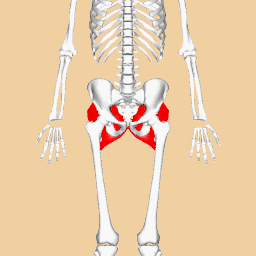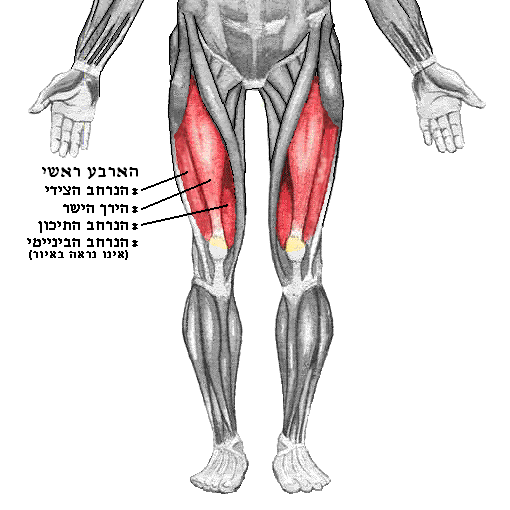The lateral lunge is a compound resistance training exercise to strengthen the hip abductors, knee- and hip extensors and prepares you for lateral movements.
Because the lateral lunge is a compound exercise activating numerous muscle groups simultaneously for lateral movements, it improves neuromuscular system efficiency and prepares you for better movement along the baseline.
But that’s not all. The lateral lunge improves body control, flexibility and adductor dynamic range of motion.

Since you move predominantly sideways along the baseline (lateral movement) on the tennis court, one of your main focuses should be to optimize your lateral movement capabilities.
Hence the lateral lunge is an exercise you should be including into your workout program.
The lateral lunge also helps you to change direction better. It improves dynamic stability and will also provide you more stability during open-stance shots.
Lateral Lunge Description

- Position barbell chest level on the rack; add resistance (plates) and attach safety clips
- Take an athletic stance; stand straight, feet are just wider than shoulder-width apart; knees slightly flexed; toes point slightly outward (10˚-20˚)
- Use a pronated grip (palms facing down) and place hands slightly wider than shoulder-width apart on the bar
- Move head underneath the barbell and position barbell superior to the spine of the scapulae (on the top shelf created by the trapezius); do not place barbell on top of the cervical spine!
- Step sideways with the left foot and bend the left knee until left knee is at 90˚ and right leg is straight; keep weight on heels; knee must not move beyond toes; toes point slightly outward (10˚-20˚)
- Push-off with the left foot, return to athletic stance, and lunge to the right side until right knee is at 90˚; knee must not move beyond toes; toes point slightly outward (10˚-20˚)
- Step out of the lunge position to the left back to athletic stance.
Note: If the athlete has flexibility issues and/ or for teaching purposes, a wider stance is warranted. Exercise can also be performed by using bodyweight only!
Lateral Lunge Targeted Musculature
- Quadriceps
- Hamstrings
- Glutes
Training Zone
We provide you with some exercises you can use to optimize your training. The exercises have been grouped and selected based on the major muscle group(s) they target – the prime movers.
The first exercise is a dynamic warm up to increase muscle tissue temperature to prepare you for your workout.
For more info take a look at the benefits of a proper warm up routine.
The second exercise is a free-weight resistance training exercise to strengthen the respective prime movers and improve neuromuscular system efficiency.
Why? Find out more about the purpose of weightlifting for tennis players.
The third exercise is a static stretching exercise you can do following your workout as a cool down to improve flexibility and reduce muscle soreness – here is more information on the benefits of static stretching.












